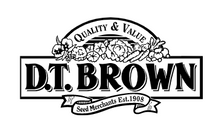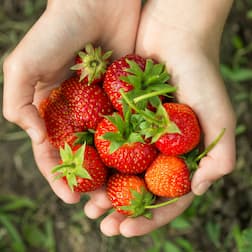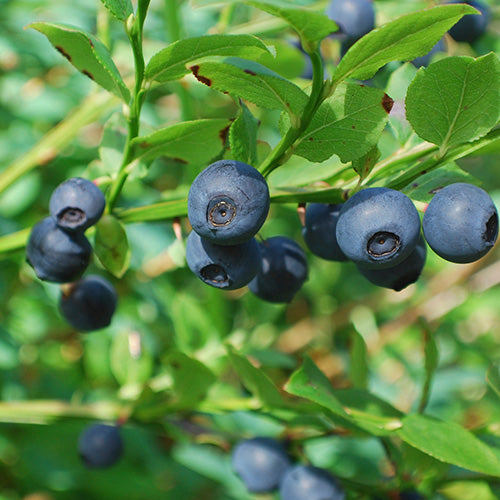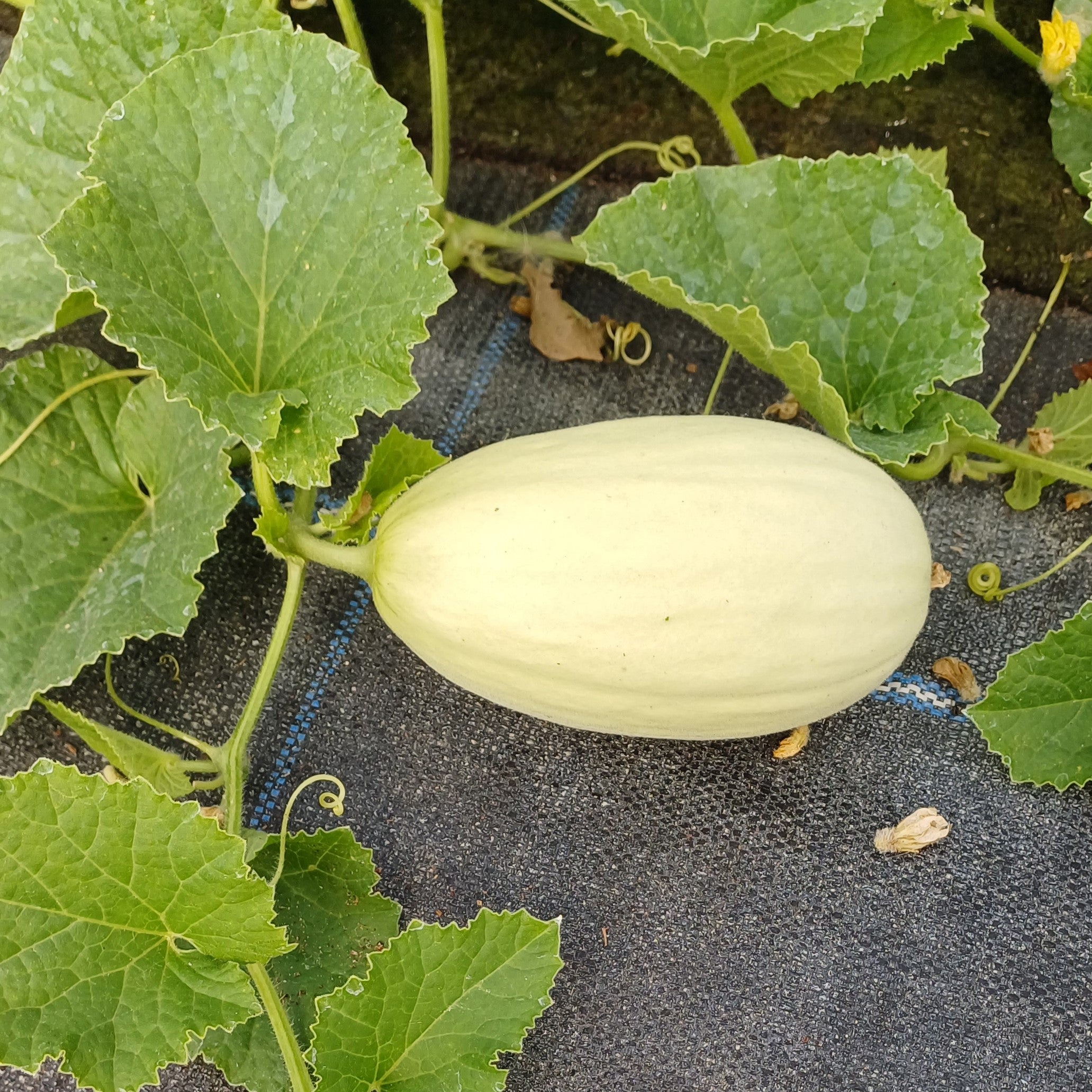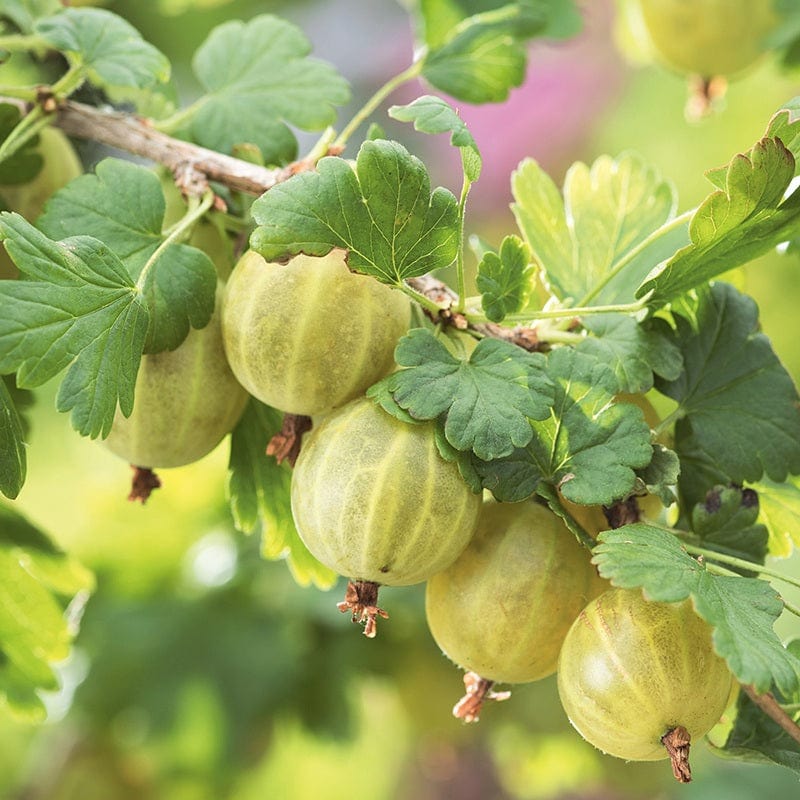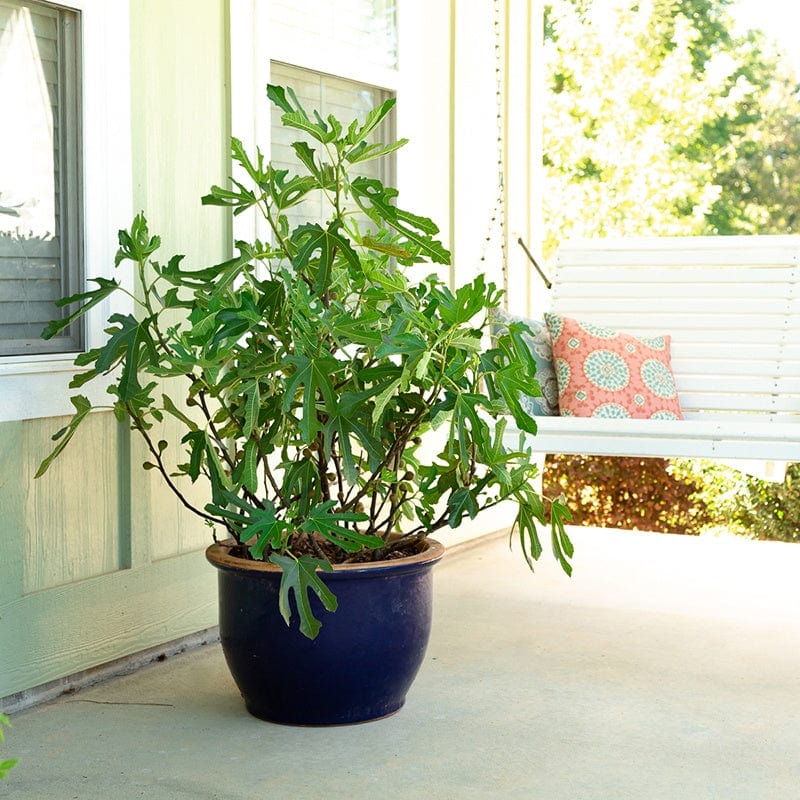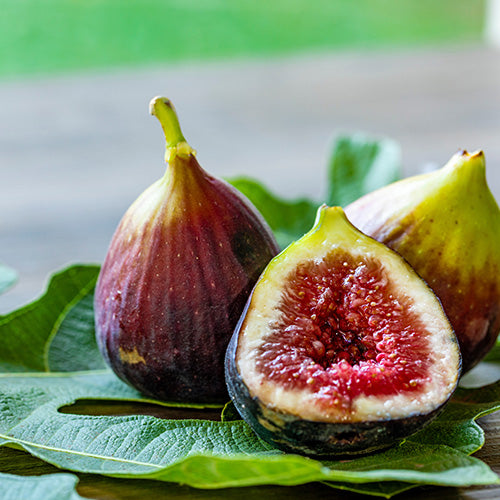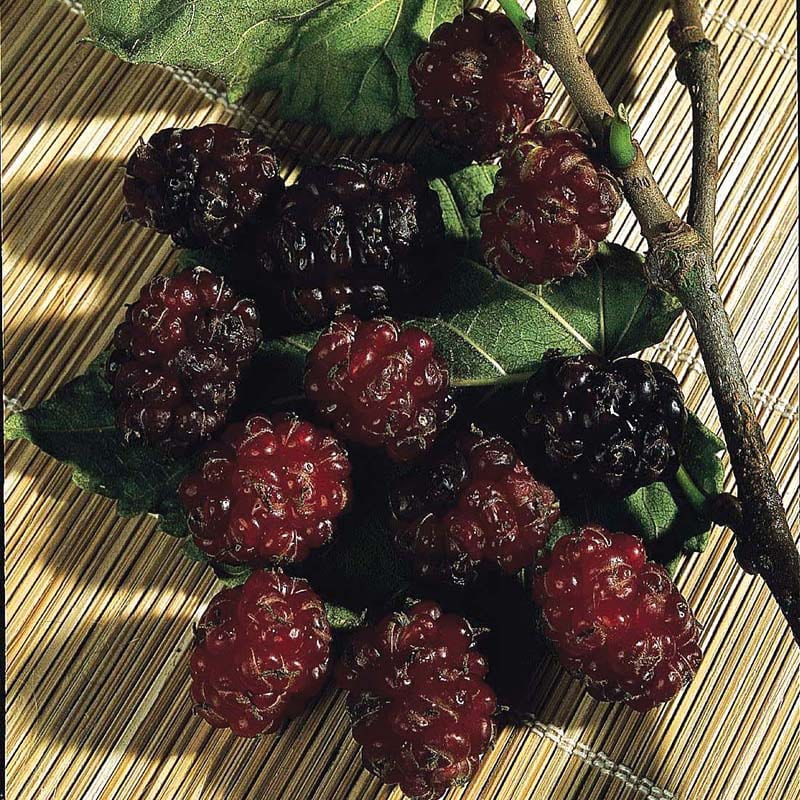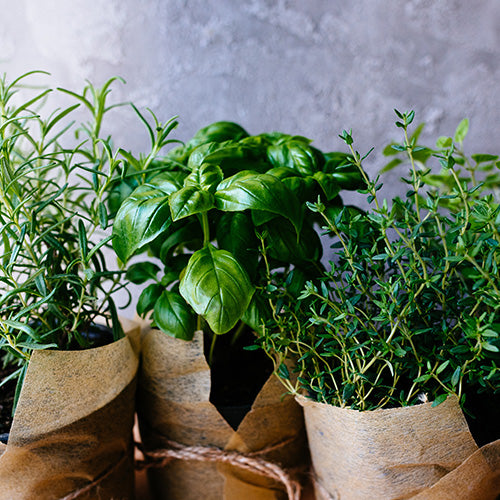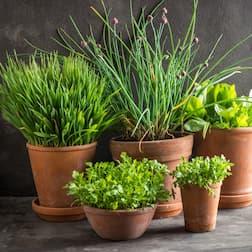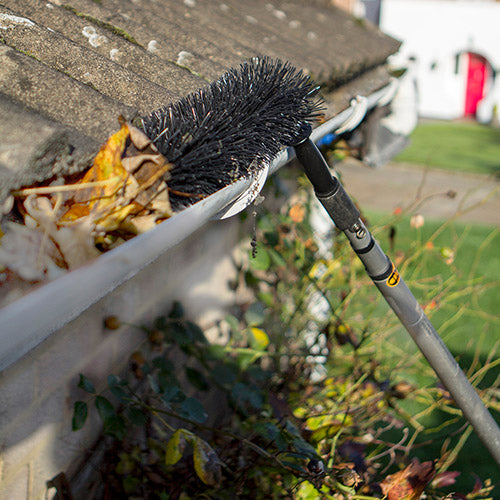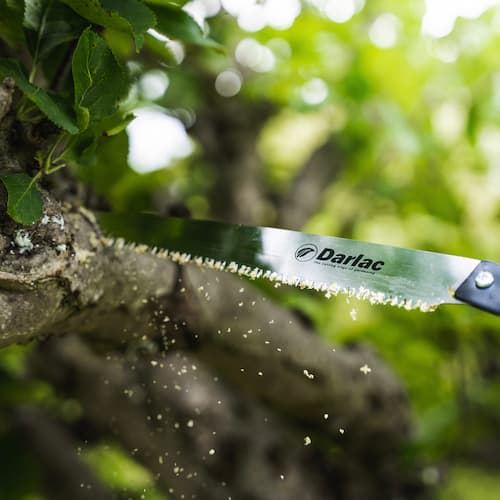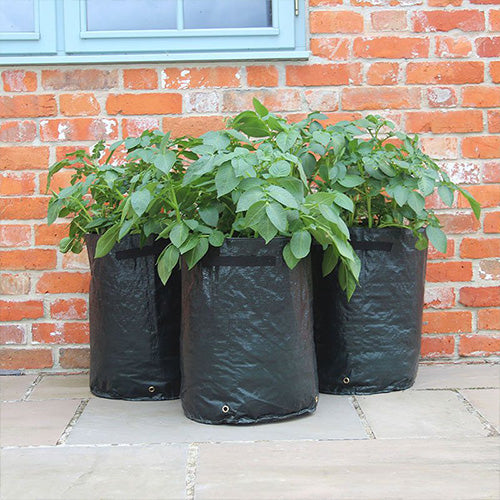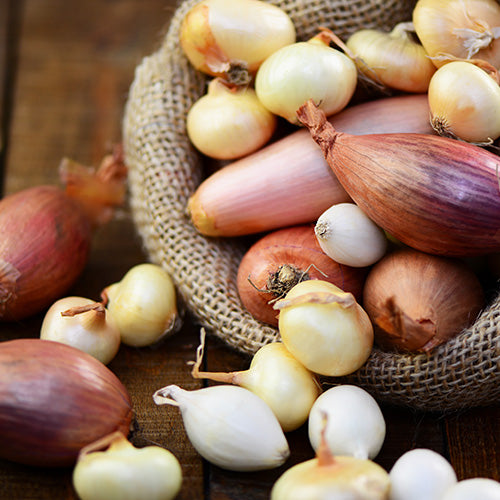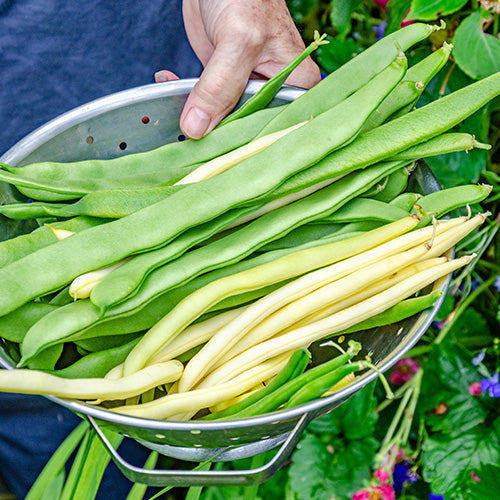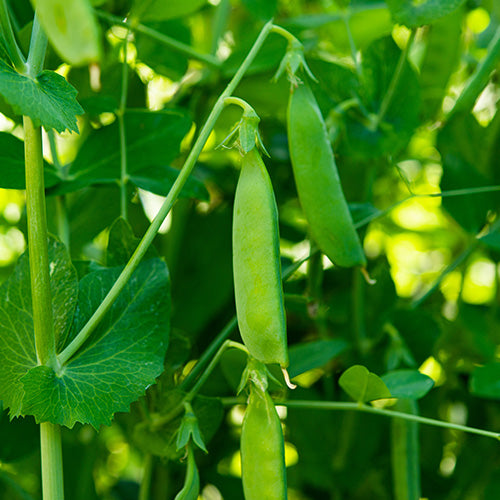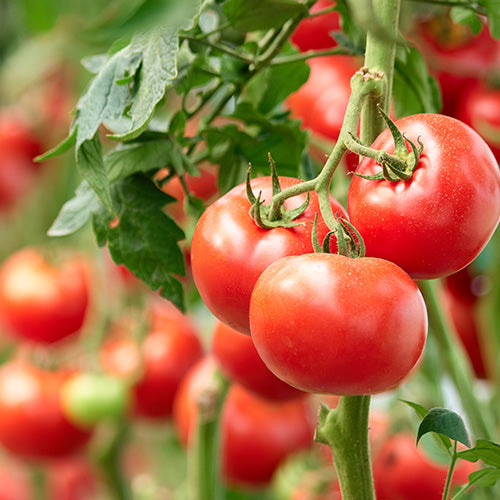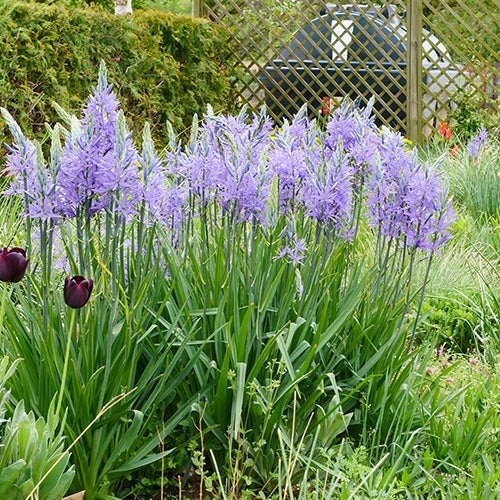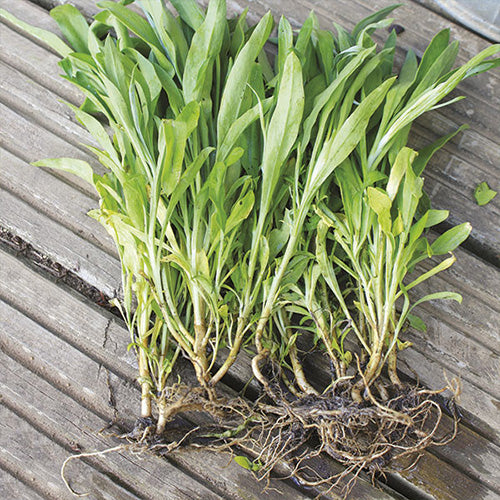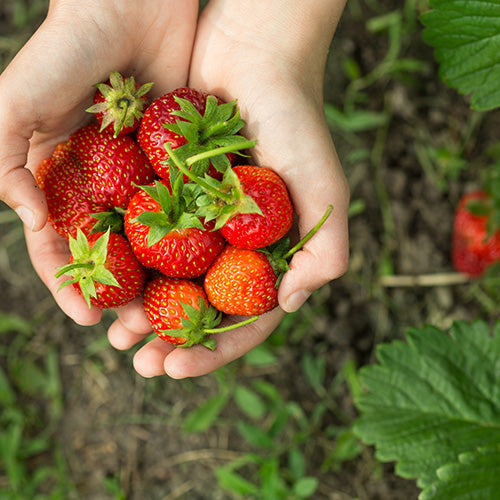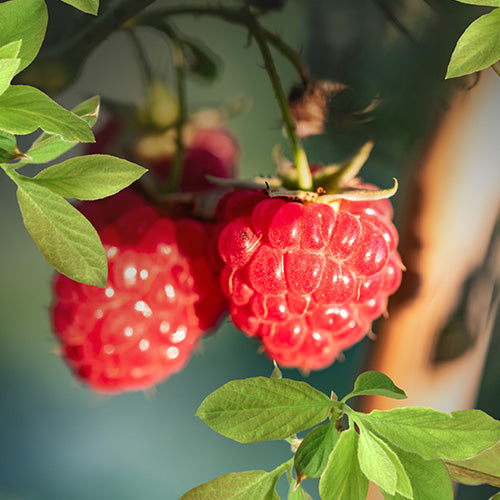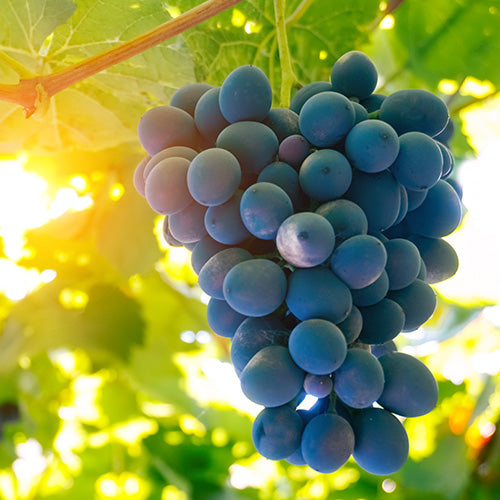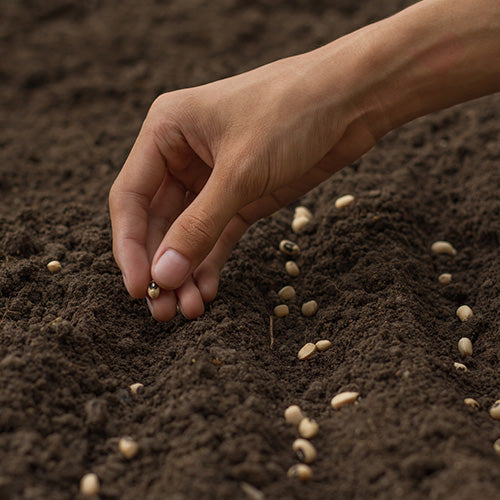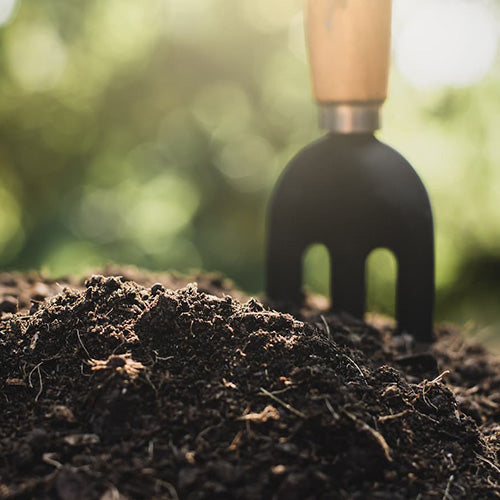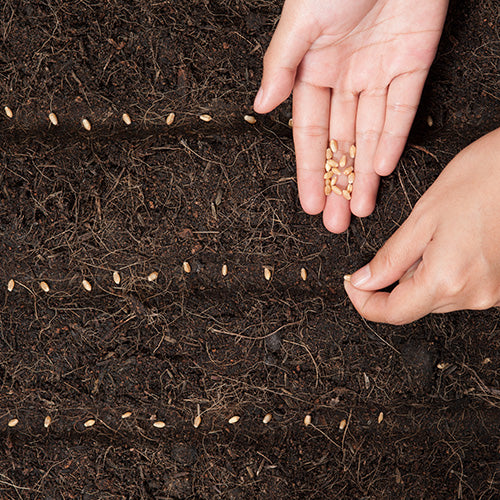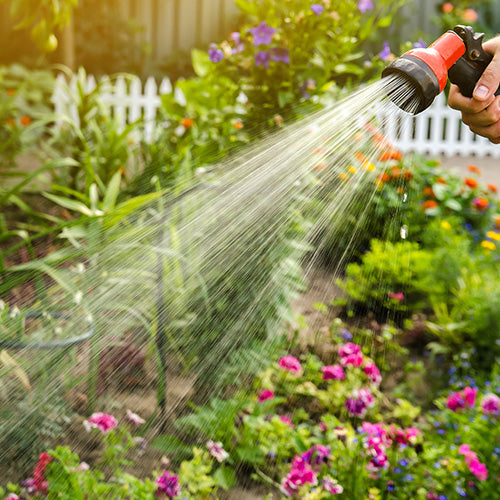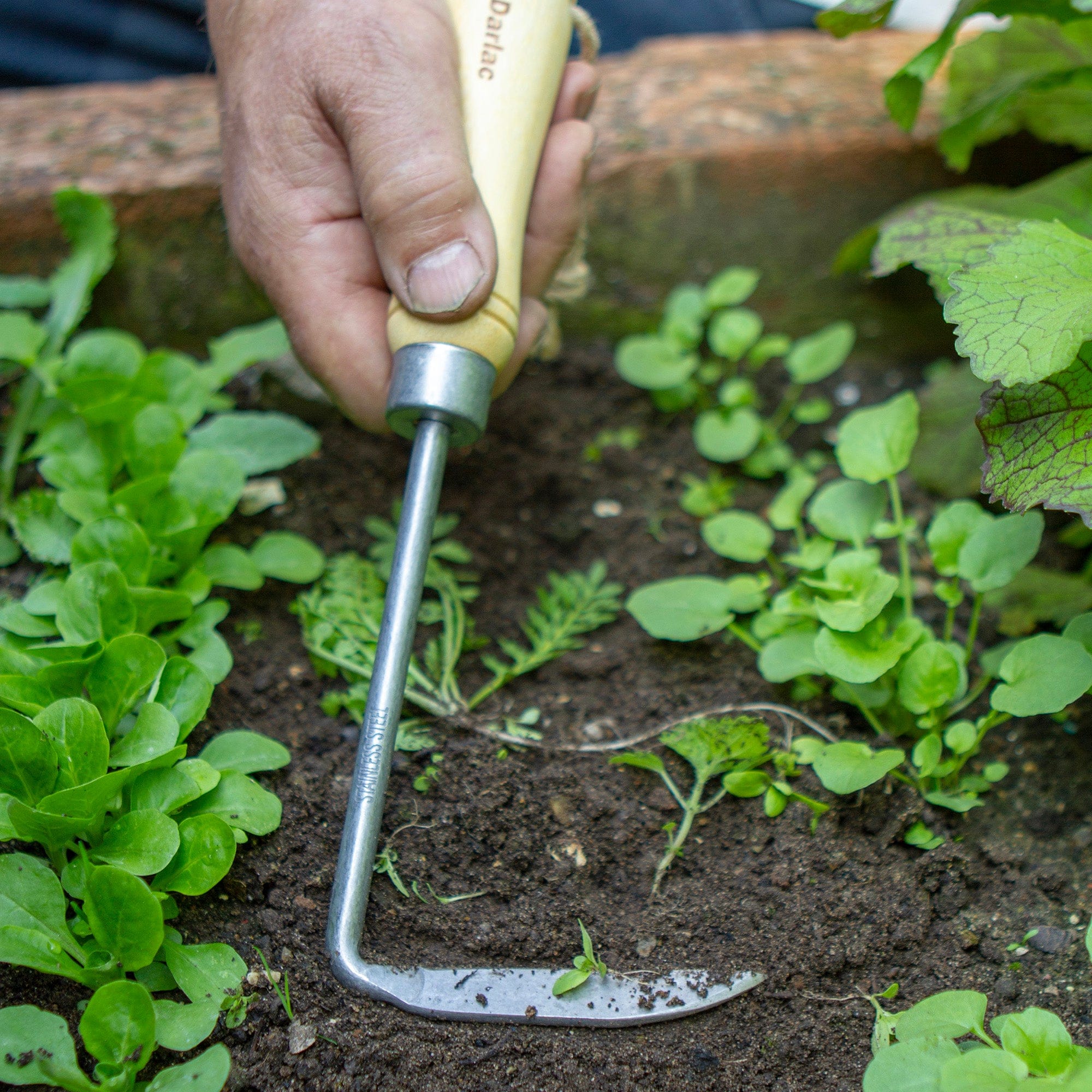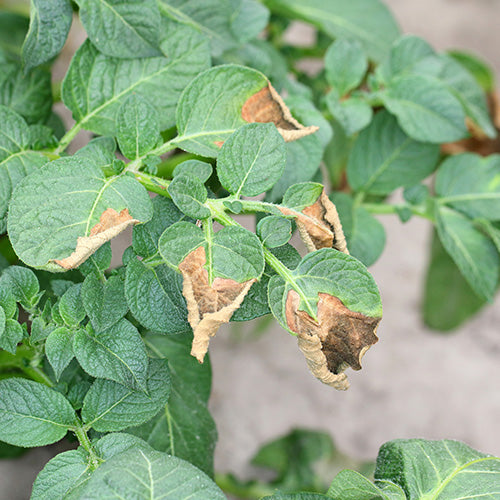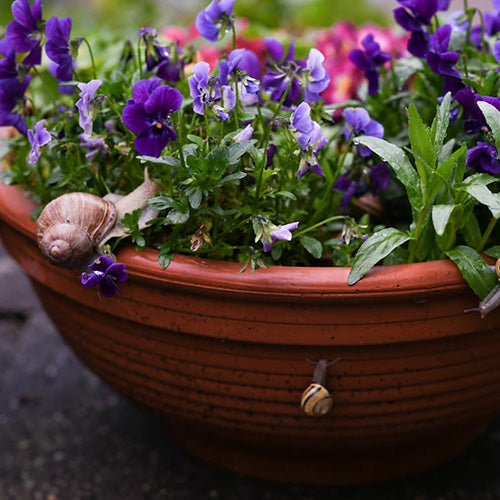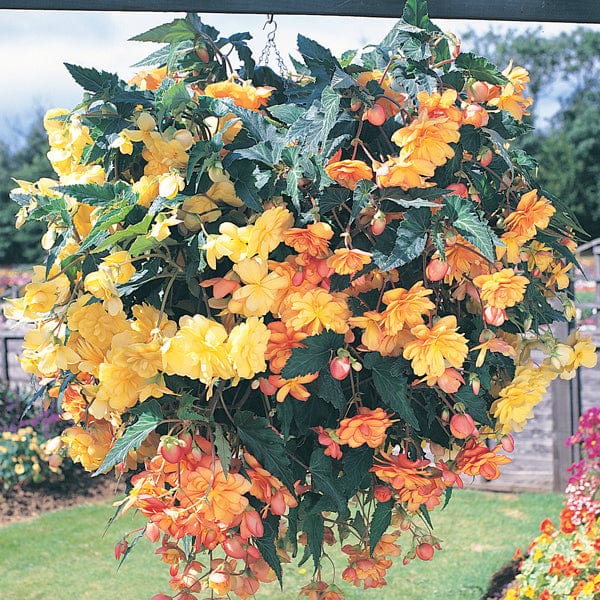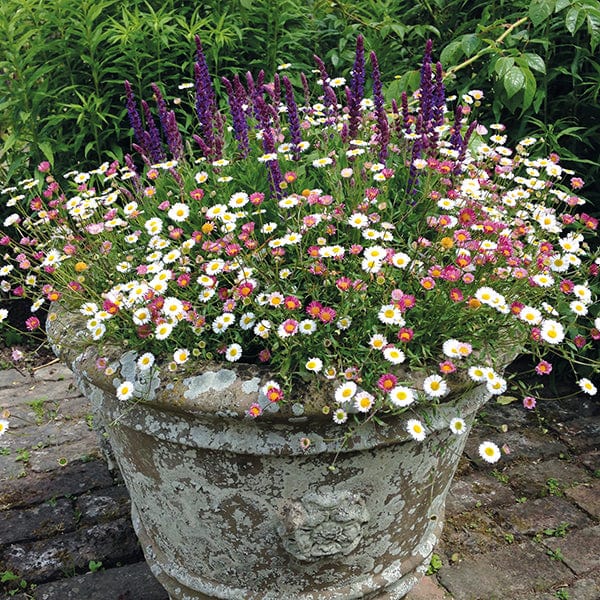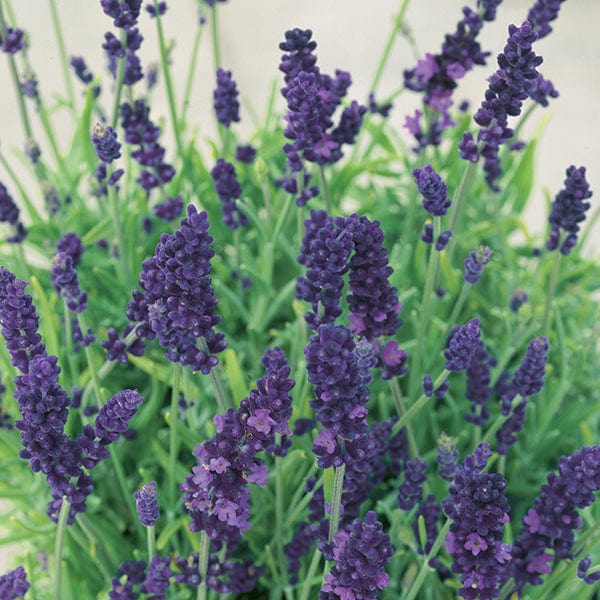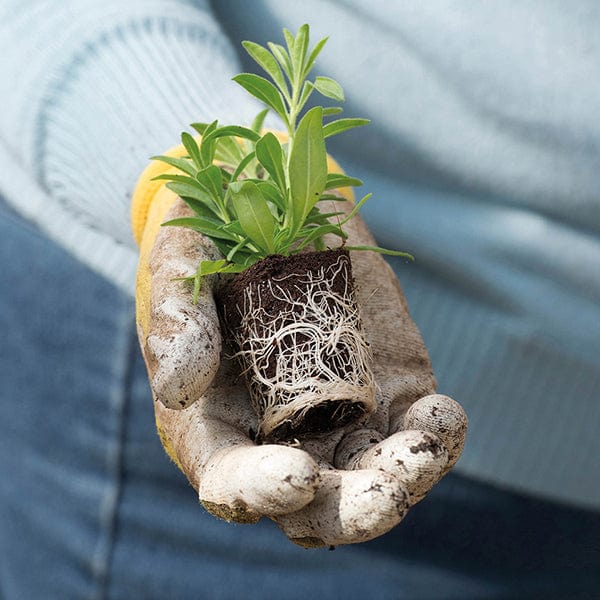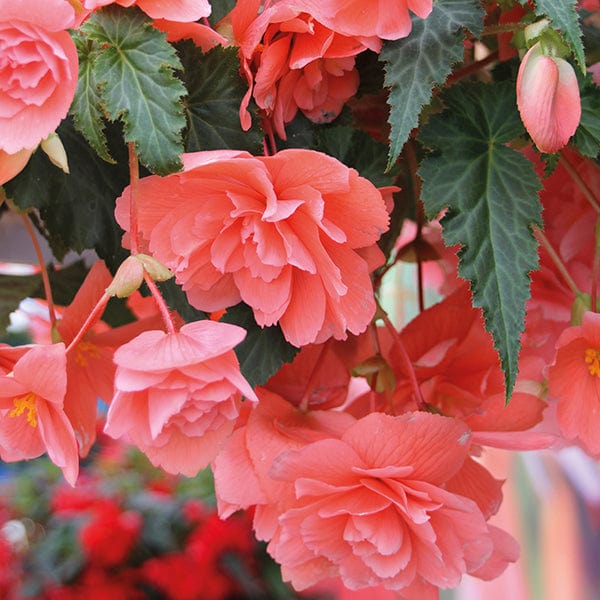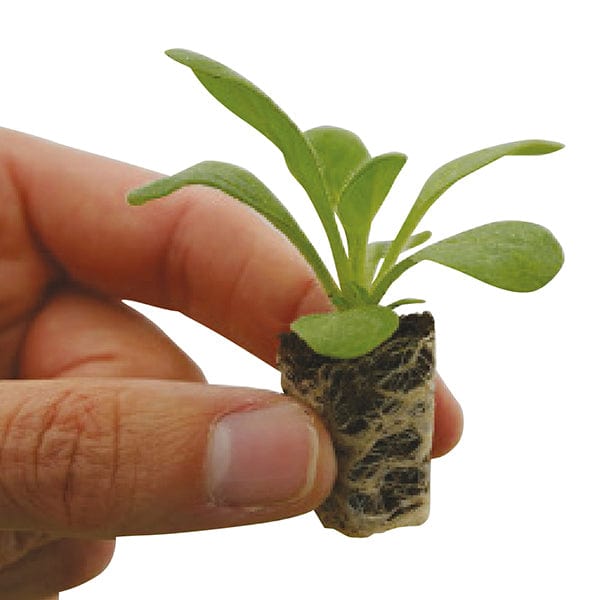The recent withdrawal of a number of treatments and chemical controls has meant that vegetable varieties with natural disease resistance are of more and more importance to the home gardener. Disease resistance is one of the main features we look for when evaluating varieties and have highlighted this throughout our range.
Club Root A serious disease with no known treatment. Plants grow very slowly or simply die, especially in very wet seasons. Burn infected plants and avoid planting brassicas in the same spot. More information on clubroot can be found here.
Downy Mildew A fungal disease which causes yellowing of the leaf and white, furry fungus beneath. Mainly effects young plants and often due to overcrowding in a moist atmosphere.
Powdery Mildew A fungal disease which causes white/grey powdery growth on plants foliage, stems and fruit. Often due to overcrowding in a fry and humid atmosphere. More information on clubroot can be found here.
Fusarium Wilt Plants wilt, with symptoms similar to those of drought, but do not recover permanently when watered. The fungus may remain viable in soil for several years. No chemical control available, but do not grow the same or related plants in same area for at least five years.
Parsnip Canker Rough red-brown or black areas appear on roots, especially on the 'shoulders'. No control is available, but later sowings in closely spaced rows produce smaller roots, which are less susceptible to this fungus.
Rust Caused by a fungus which produces orange, raised pustules on leaves which turn yellow and die back. It is most common in wet weather. Remove affected leaves, avoid high-nitrogen fertilisers, which encourage soft growth. Apply sulphate of potash at planting to promote harder growth. More information on clubroot can be found here.
Tipburn Not a pest or disease, but a disorder which occurs in a warm spell or at the start of a heatwave. The leaves lose water rapidly and their edges become 'scorched'. There is no prevention or treatment.
Verticillium Wilt Foliage wilts in hot weather. Lower leaves turn yellow. Brown streaks run through stem tissue. There is no chemical treatment. More information on clubroot can be found here.
